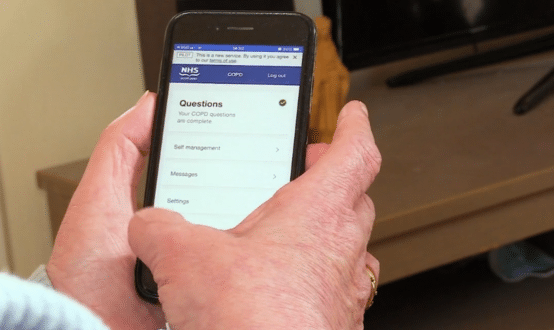New QRISK2 for heart disease launched
- 9 February 2009
A new version of the QRISK software which identifies patients most at risk of developing cardiovascular disease (CVD) has been released for clinical use.
QRISK2 uses a new CVD equation to estimate an individual’s risk of developing heart disease over the next ten years, drawing on analysis of primary care data from practices using the EMIS GP computer system.
Its creators argue that it provides an accurate and fairer assessment of CVD risk than the widely-used Framingham risk equation, taking into account the higher risk of developing CVD to patients from deprived areas and from certain ethnic groups. It also considers other risk factors including whether the patient already suffers from a pre-existing condition such as diabetes.
Last year the National Institute for Health and Clinical Excellence (NICE) made a draft recommendation that the QRISK formula should replace the Framingham risk score currently used but later reversed its decision <http://www.ehiprimarycare.com/News/3478/qrisk_could_cut_heart_disease>.
However the Department of Health is now understood to have instructed NICE to take another look at use of QRISK data ahead of the launch of its national vascular screening programme due to begin in April.
The QRISK 2 software is the result of research using QResearch, a not-for-profit partnership between Nottingham University and EMIS which has created a database of anonymous data taken from the health records of more than four million patients.
The creators of QRISK say the QRISK2 software has been released following an independent validation of its formula in a Department of Health survey.
The QRISK2 software is to be incorporated into clinical record systems for EMIS practices and will generate a list of patients at high risk of CVD flagging up any assessments or interventions that are needed. Other clinical system suppliers will be able to use the new equation through a software development kit. The QRISK2 algorithm is also be made available for further research.
Professor Julia Professor Julia Hippisley-Cox, from Nottingham University’s primary care division , said: “We believe this formula has the potential to save many thousands of lives, by helping clinicians to more accurately predict those at risk of developing cardiovascular disease — the nation’s biggest killer.
“It will arm doctors with all the information they need to decide how best to target patients with preventative measures such as lifestyle advice and cholesterol-lowering treatments.”
Dr David Stables, Clinical Director of EMIS and a Director of QResearch, said: “We were delighted to receive such a favourable validation from the Department of Health-backed study. We are looking forward to completing our internal testing of the software so that EMIS GPs across the country can start to realise the benefits.”
The QRIDK2 software was developed in collaboration with ClinRisk, a medical software company that produces algorithms for clinical use.
Links




